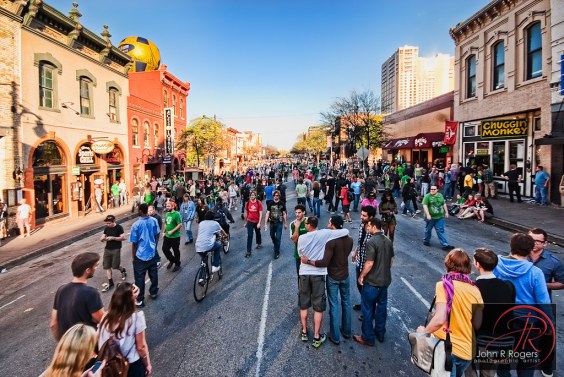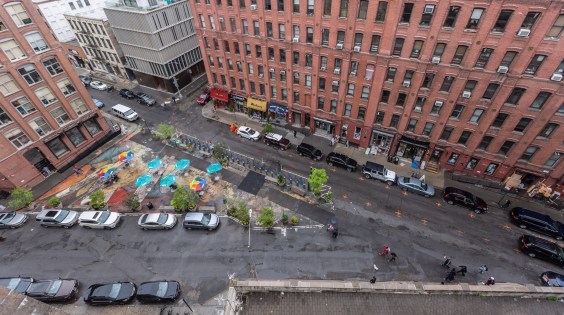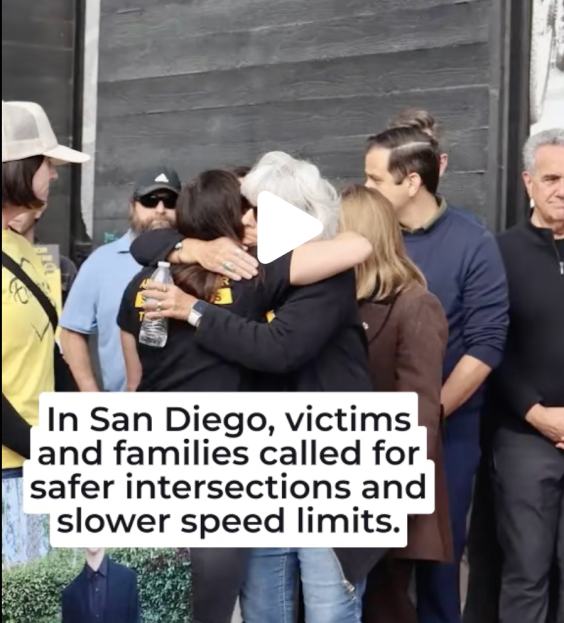Every state has its "third rail" that politicians are afraid to touch. When I began my advocacy career in New Jersey in 2004, politicians were deathly afraid of raising any tax after Democratic Governor Jim Florio was ousted in the solidly blue state because of tax increases he pushed through. Florio had been defeated over a decade earlier in 1993.

In California, the third rail is the state's vehicle license fee, known as the "Car Tax" to conservative and mainstream media outlets. While there were certainly other issues that led to Governor Gray Davis' recall in 2003, candidate Arnold Schwarzenegger campaigned aggressively against the vehicle license fee increase that Davis enacted and reduced it as his first act in office. Southern California Assemblymember Ted Lieu proposed raising the fee in 2012, but quickly backed off after a firestorm of public complaints.
However, two powerful advocacy groups, the labor-backed Rebuild California and Transportation California are proposing to increase the fee from .65% of a car's value to 1.65% through a voter-approved constitutional amendment initiative that would appear on the ballot this fall. All of the proceeds would go directly to rebuilding California's roads, highways and bridges. There is a backlog of road and bridge repair projects throughout the state, and other ballot initiatives have failed to fill the funding gap.
Notably, the constitutional amendment proposal skips the legislature and governor's desk entirely. It would be entirely up to voters to decide whether to increase the vehicle license fee to fix California's crumbling infrastructure. No political courage will be needed.
The organizations are awaiting imminent poll results on the issue to decide whether or not to continue pushing the amendment. But even if the polling shows it has a good chance of passing in the fall, there's still the little matter of gathering 807,615 signatures by April 14. Once it is certified for the fall ballot, it needs a simple majority vote to become law.
Will Kempton, executive director of Transportation California, and James Earp, executive director of the California Alliance for Jobs, wrote to the Attorney General late last year to certify the legality of the petition. They used the letter to both fill a legal requirement before the initiative can go to the voters and as a tool to make the case for the fix-it-first initiative.
California has a critical need to implement a new revenue measure that would support maintenance and rehabilitation of its state and local road and transit systems. This new revenue source should be independent of fossil fuel consumption, increase over time at a rate that is equal to or greater than inflation and produce enough revenue to significantly reduce the huge backlog of unmet road, bridge and transit maintenance and rehabilitation costs.

Rebuild CA and Transportation CA estimate the tax would generate $2.9 billion annually in its first years, enough to begin to address the $27 billion backlog in road repair projects. The funds would be dedicated towards transportation infrastructure repair to prevent the legislative raids that have occurred with past transportation revenue measures.
While the increased fee wouldn't go towards highway expansion, the current language also limits funds from being spent on transit and sidewalk fixes. Bicycle network improvements aren't mentioned in the text, but some insiders argue that when roads are re-paved, the cost of adding bicycle lanes where they are expected would be negligible when the new asphalt is re-striped. The same argument could be made for crosswalks and other pedestrian markings.
Revenue from the measure would be split among state, local and regional transportation agencies as follows:
- 25 percent of all new revenue to all cities in California distributed on a formula allocation based on population.
- 25 percent of all new revenue to all counties in California based on a formula allocation equal to 75 percent of fee-paying vehicle and 25 percent road miles.
- 40 percent of all new revenue to the State Highway System based on a formula allocation of half allocated 60 percent to Southern California, 40 percent to Northern California, and half allocated on a “highest need” basis statewide.
- 10 percent of all new revenue to public transit system maintenance, rehabilitation and vehicle replacement based on the current State Transit Assistance Program formula.
While Rebuild CA and Transportation CA are awaiting their poll results, there is already pushback reported by some media outlets. An opinion piece in City Journal desperately looks for alternatives under the belief that cuts elsewhere can raise the needed $30 billion. In the end, the best option it devises is exploring "public-private partnerships" for the repairs. Of course, those partnerships would likely end up costing Californians more in the long-term.





